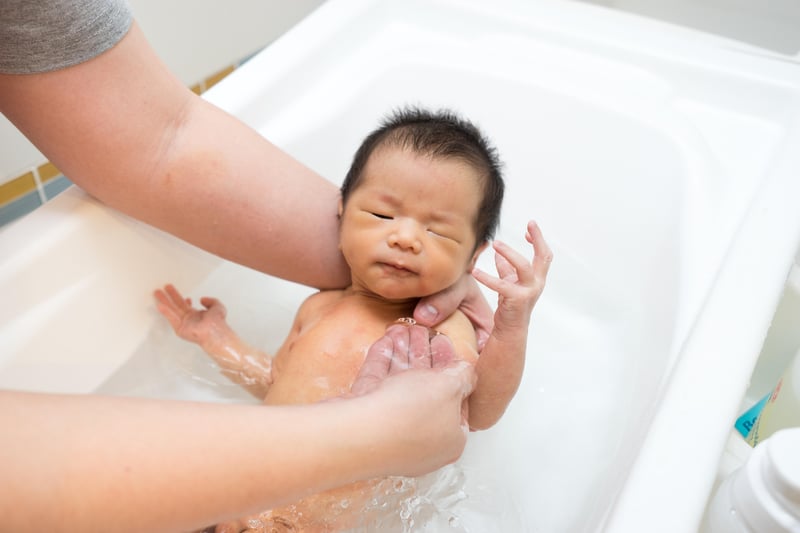Mon-Fri: 8:30a.m.-5:30p.m. | Sat: 9a.m.-12p.m. | Sun. & Major Holidays: Closed
Patient Resources
Get Healthy!
Antibiotics Losing Power Against Bloodstream Infections That Kill Newborns
- June 12, 2023
- Cara Murez
- HealthDay Reporter

Babies around the world are dying because the antibiotics used to treat sepsis infections in hospitals are losing their effectiveness, a new report warns.
A team of 80 researchers from four continents has been studying the issue of antibiotic-resistance and newborn sepsis in 19 hospitals.
"The observational study has been instrumental in providing the high-quality data that we need to design trials of appropriate treatments for sepsis in newborn babies. It has been a huge collaborative effort by researchers and clinicians in Africa, Asia, Latin America and Europe,"study co-author Dr. Neal Russell said in a news release from St. George's, University of London, in the United Kingdom. He is with its Center for Infection and Immunity Research.
The researchers conducted the study from 2018 to 2020 in 11 countries: Bangladesh, Brazil, China, Greece, India, Italy, Kenya, South Africa, Thailand, Vietnam and Uganda.
A total of 3,200 newborn babies suffering from sepsis were included in the study. The investigators found a lot of variation in deaths among hospitals, from about 2% in some to around 27% in others.
"It was very important to undertake this study to get a better understanding of the kind of infections we're seeing in newborns in hospitals, the bugs causing them, the treatments that are being used and why we are seeing more deaths,"said Manica Balasegaram, executive director of the Global Antibiotic Research and Development Partnership (GARDP).
"The study has given us vital information which will help us to better design clinical trials and ultimately improve the care and outcome of babies with neonatal sepsis," Balasegaram added.
Sepsis is a life-threatening bloodstream infection. Every year, sepsis affects up to 3 million babies around the world, killing 214,000 of these infants who are vulnerable because of their undeveloped immune systems and infections resistant to antibiotics. Most of these deaths occur in low- and middle-income countries.
In the new study, hospitals used more than 200 different antibiotic combinations, frequently switching due to high resistance to treatments. In 15% of cases, last-line carbapenems were prescribed. These are classified by the World Health Organization (WHO) as "Watch"antibiotics because they need to be preserved.
The most common pathogen was Klebsiella pneumoniae, usually associated with hospital-acquired infections.
The team involved in this study developed two tools that could be used in clinical trials and in any neonatal intensive care unit worldwide.
The NeoSep Severity Score, based on 10 clinical signs and symptoms, could help clinicians identify newborns who have a high risk of dying, so they can get special attention more quickly.
The NeoSep Recovery Score uses many of these same clinical signs and symptoms and could provide clinicians with key information on whether to escalate treatment, according to the study.
The study also aims to inform WHO guidelines of treatment for newborns with sepsis.
The study findings were published online June 8 in PLOS Medicine.
More information
The U.S. Centers for Disease Control and Prevention has more on sepsis.
SOURCE: St. George's, University of London, news release, June 8, 2023

